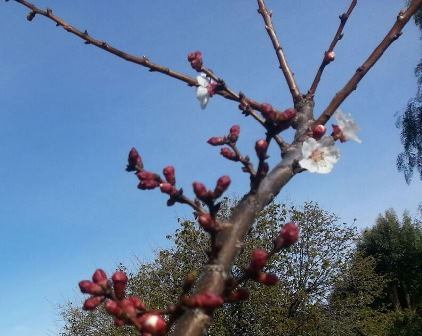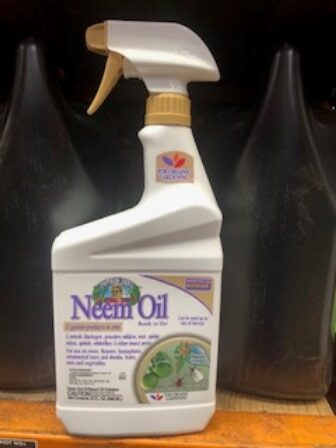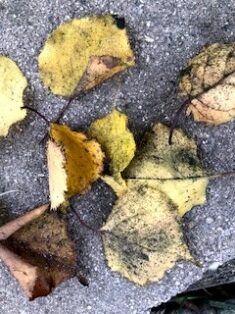Archive for January, 2023
Caring for Your Backyard Fruit Trees
The dormant period between winter solstice and the bare-root season of late winter/early spring provides a great opportunity to evaluate a fruit tree’s health. Although trees should be checked throughout each season, the dormant period is a great time to take stock of problems and initiate remedial action before the trees break bud.

Cherry trees, in particular, can be infected with powdery mildew, root rot, aphids, fruit flies, bacterial canker, and fungal leaf spot
APHIDS
Pests can survive in the crevices of fruit tree bark or any infected leaves on the ground. If your apple trees, for example, were infested with aphids or scale last season and were left untreated, it is likely you’ll have the problems again this spring if the problem is left untreated.
There are a few natural ways to deal with aphids that suck sap on the underside of leaves. Try spraying with an organic neem oil (made from the seeds of the neem tree) that makes feeding or moving by the aphids impossible, causing death to the pests.

treatment for aphids and mites and can
be used on roses, fruits, and vegetables
An effective homemade treatment is to mix up a spray of 3 teaspoons of soap in a gallon of water. The pests die when they lack food. Spraying them off the tree deprives them of their food source–sap. Another option is to purchase and release ladybugs, natural predators of aphids. A third option is to plant alyssum at the base of your tree. The alyssum plants attract hover flies, a beneficial pest that’s a voracious eater of aphids.

on through autumn
LEAF CURL
Peach leaf curl doesn’t just infect peaches. It can also affect almonds, pears, plums, and nectarines. At its most basic level, leaf curl is a stress of the tree caused by the fungus, Taphrina deformans.
Infected tree leaves become deformed. The leaves develop bulges that look like red blisters and the leaf edges turn inward. Green leaf color becomes yellow.
The fungal spores overwinter on the twigs. When the weather is warm and the outside air is humid, the fungal infection rapidly spreads, especially as buds swell and open. The fungus enters leaf tissue and causes hypertrophy (swelling and distortion of the leaves). The spores develop and lodge in the buds and cracks and crevices. These need to be eradicated in the fall. When leaves drop, remove them and put them into garbage, never in your compost pile.
During an outbreak of leaf curl, gardeners can pick off infected leaves, but you don’t want to denude the tree. The most common remedy is spraying with a lime-sulfer or fixed copper fungicide in late autumn and again before the buds form in spring. However, fungicides and insecticides are toxic to bees. Check with your local garden center for recommendations of organic, non-toxic products used in your area.
Remember with any pruning to rinse your pruning shears in 70% rubbing alcohol, bleach, or other garden cleaning disinfectant formulated to remove any bacteria and fungus to prevent infecting other trees in your backyard garden or orchard.
POWDERY MILDEW
Powdery mildew is a fungal disease that infects over 10,000 plants, according to the University of Minnesota, including roses, peonies, ornamental grasses, and backyard fruit trees. The disease affects a tree’s leaves, buds, flowers, and stems.
Characterized by gray or white patches, powdery mildew is not difficult to detect. To treat powdery mildew, prune back affected parts of the tree and dispose of the cuttings. Improve air circulation to benefit remaining fruit trees (or plants that might be growing too close together).
A foliar spray made of one gallon of water, one tablespoon of baking soda, and a teaspoon of dish soap can be an effective treatment of powdery mildew if applied to all affected areas. Spray and wipe off the the area with a paper towel.
If you enjoy reading about gardening and other country living topics, check out my series of cozy mysteries. Each of the novels in the series is packed with delicious recipes, tips for keeping chickens and bees, and insights into growing heirloom plants. Along with my nonfiction health, wellness, spirituality, and travel books, the Henny Penny Farmette mysteries are available online and everywhere books are sold. –Meera Lester

The Murder of a Queen Bee, and A Hive of Homicides.
 Facebook
Facebook Goodreads
Goodreads LinkedIn
LinkedIn Meera Lester
Meera Lester Twitter
Twitter




